This post is part of our Revival series Part 1
Ancient engineers achieved almost fantasy-like cities with natural buildings.
Contents:
– Introduction
– Forgotten civilizations
– Ancient Engineers
Ancient ≠ Inferior
Do we really come from highly advanced civilisations? Since the dawn of the first civilization, the master masons and sculptors had constituted a caste with a significantly larger area of function in ancient societies. Ranging from building and construction to arts and culture, the nations and cities they built spread across the known world. Their understanding of man, divinity and Earth gradually became a subject of research and development. Today, the testament of their enormous contribution remains purposely concealed in ancient languages and symbols within old scriptures, whose timeless wisdom is neglected by the domain of industry and mass production.
The scriptures reveal that the wisest and noblest of those builders of ancient homes, villages and institutions were fine fashioners of wisdom, natural growth and true sustainability. Nothing less than masterminds, they were deeply cultured in the knowledge of the human mind, body and spirit and sought to reflect its understanding within the constitution of primary homes and dwellings.
Forgotten Civilizations:
So, how far does the DNA of natural building stretch back in history? Dr Ashok Nene, civil engineer and editor, in his book ‘Building Materials and Construction Techniques of Ancient India’ briefly addresses the forgotten age of the Indus-Valley or the Harappan civilization in the introduction. Considering the age of the settlement, he highlights the remnants of its natural buildings, oriented within a masterful system of urban planning and drainage facility as deduced from the excavated remains. He states that this Indo-Sumerian settlement preceded the Rig-Vedic period, approximately between 5000 B.C and 2500 B.C., and traces the DNA of natural buildings even further back around 12,000 years ago when the settlements of the first Indo-European and Pan-Asiatic civilizations emerged.
It is a collective misstep by modern academia and its political and industrial subsidiaries of acquitting the term “ancient” to the term “primitive” and therefore assume that a substance that has preceded the one at present is now fundamentally inferior or flawed in comparison. Natural materials such as mud, stone or wood cannot be approached with a conventional mindset. One must recognise the cyclical Law of earth, evolution, our environment and therefore, of the naturally available materials in order to create vastly more breathable, healthy and chemical-free environments.
Ancient Engineers:
Dr Ashok Nene centres his attention on the scriptural records of ancient India, specifically of the Rig-Vedic period that passes on the knowledge of ideal methods for natural construction techniques suited for any specific climate or geographical location. The old guidelines can be looked past as something of a cliché, but they speak a language that nature inherently reverberates throughout time and space in order for humanity to prosper by aligning with it through ways of living and orienting. The editor further states that the engineers of the old days who had mastered the art of materials, civil engineering, architecture and fundamental wisdom of human life were given the title of “Sthapati”, held by planners and architects in charge of a construction project, the ones who had mastered the techniques as per the Vedic sciences. These ancient engineers were a “guild of builders” who placed the highest value in recognition of materiality and function that aligned with the harmony of natural laws in all beauty and simplicity. The standards they set for building and construction throughout ancient cities were directly in alignment with their elite calibre of aesthetics, art, philosophy and culture. The reality of ancient advanced cities were passed into legend and thenceforth into myth, and their technology faded into the sands of time. We can still find small traces of naturally built settlements, such as the ‘Village of Nagercoil’.
The book begins with a quote from a guideline from ‘Mayamat’, a Vastu-Shastra, stating that buildings shall be built either from mud, wood, stones, lime, metals and precious stones, depending on the climate and availability of the natural material. The natural builder must be vigilant and have good foresight ensuring that by no means either of these materials are overused or exploited at the expense of our natural environment. The simplicity of the materials here should not be mistaken for the lack of innovative ability or innovation thereof. Today, innovation is commonly acquitted to an irrational and relentless obsession for newness and novelty. The time and energy of peoples and nations are increasingly being spent on superficially improving living standards. These ancient guidelines provide an accurate road map for channeling our time, attention and energy in directions best suited for the fundamental improvement, growth and prosperity of human life. This method is successfully practiced at Thannal, providing clarity and calling upon individuals to master the art of natural building and absolutely avoid systems and constructs that unnecessarily complicate our lives and pollute our environment in order to fulfill superficial needs.



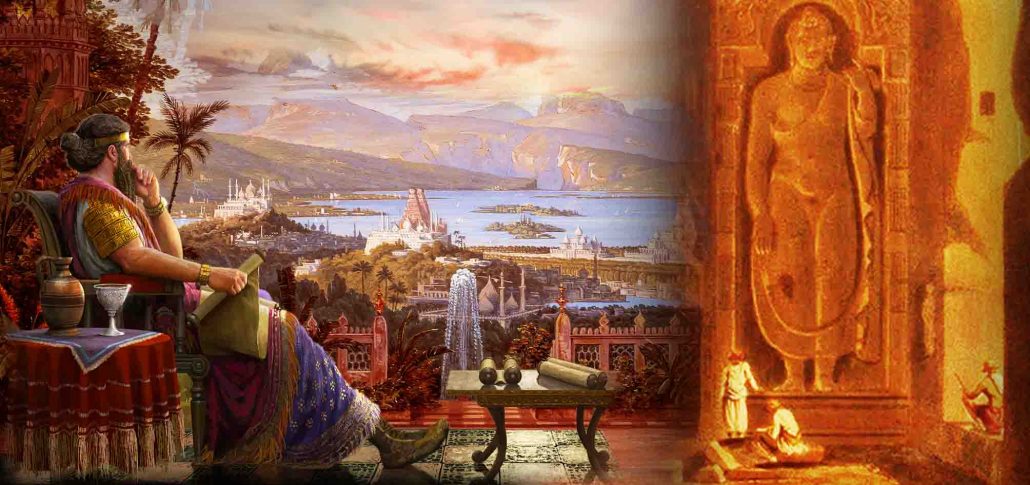
![Artwork by Balage Balogh [archaeologyillustrated.com] showing ancient buildings](https://thannal.com/wp-content/uploads/2023/04/Artwork-by-Balage-Balogh-archaeologyillustrated.com_-1030x600.jpg)
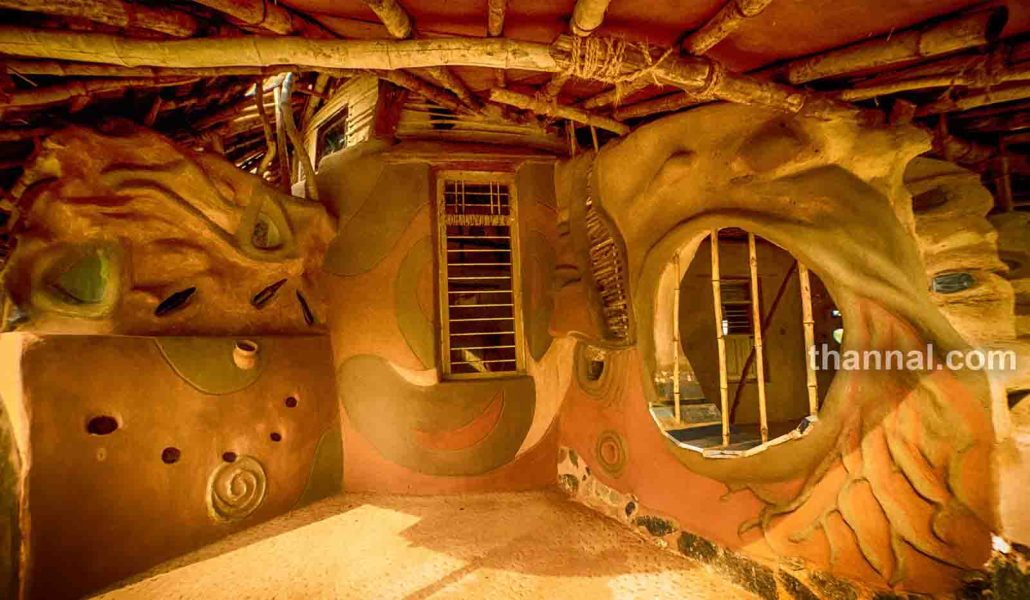
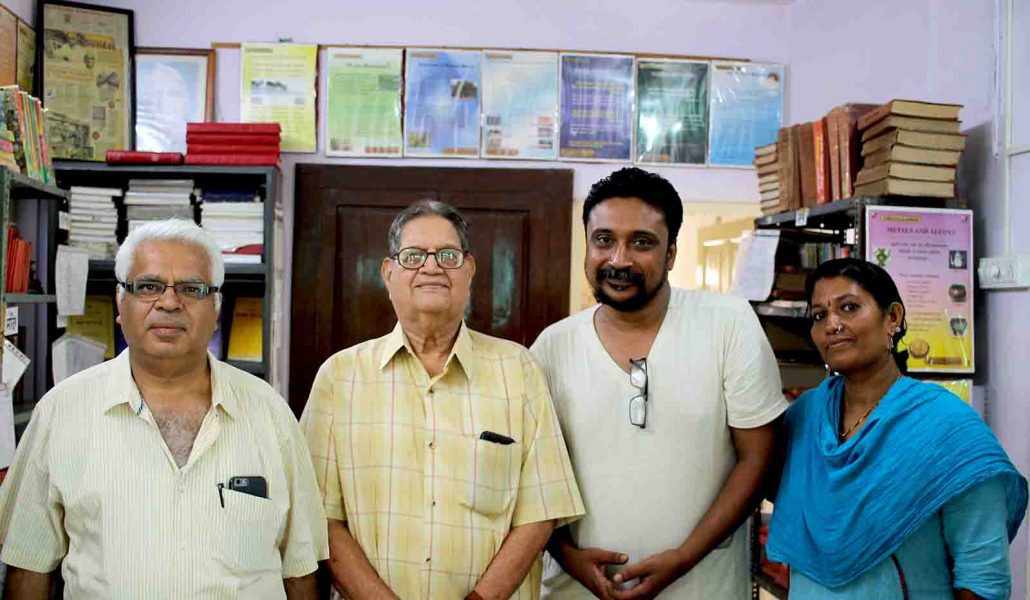
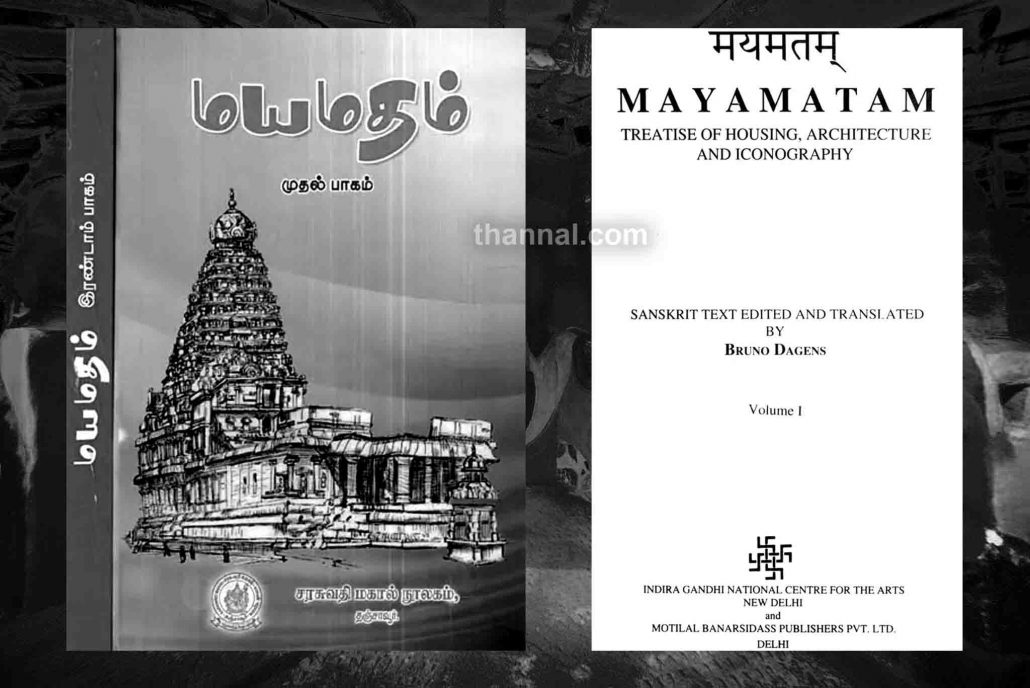
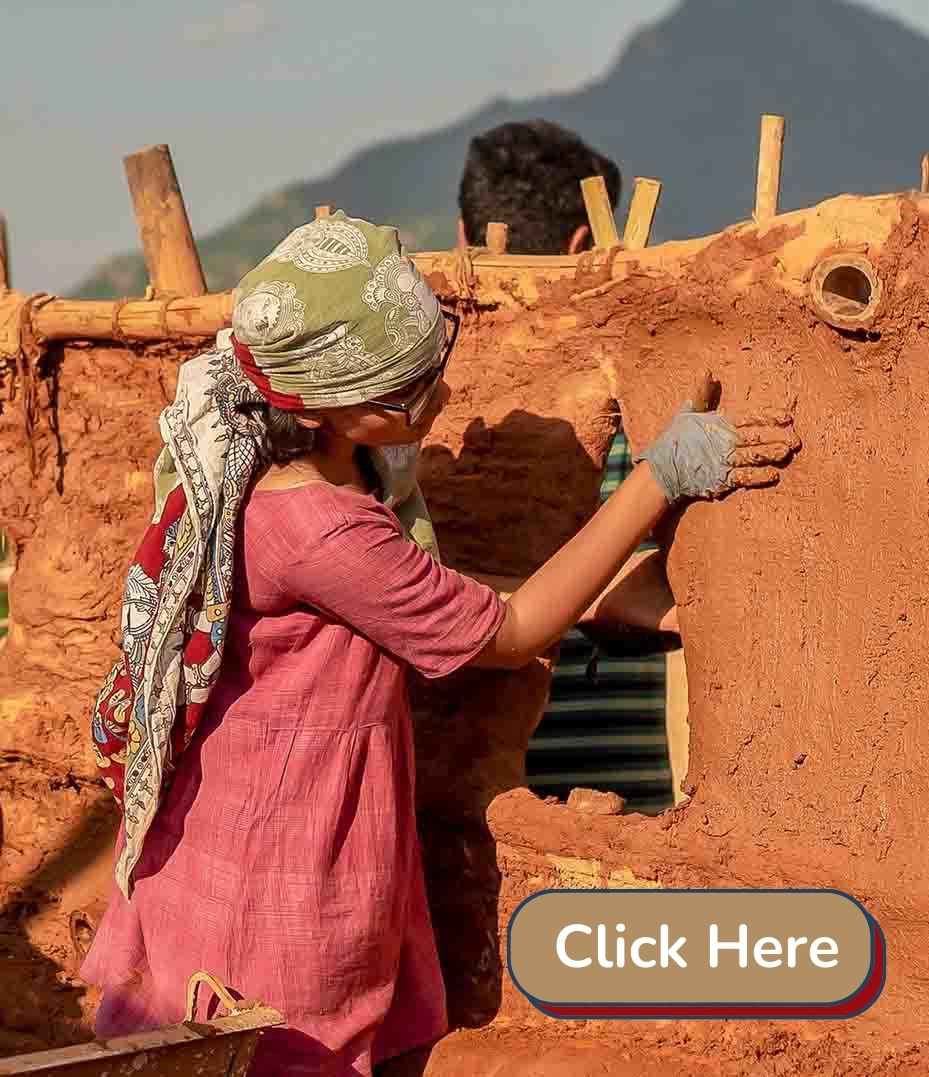
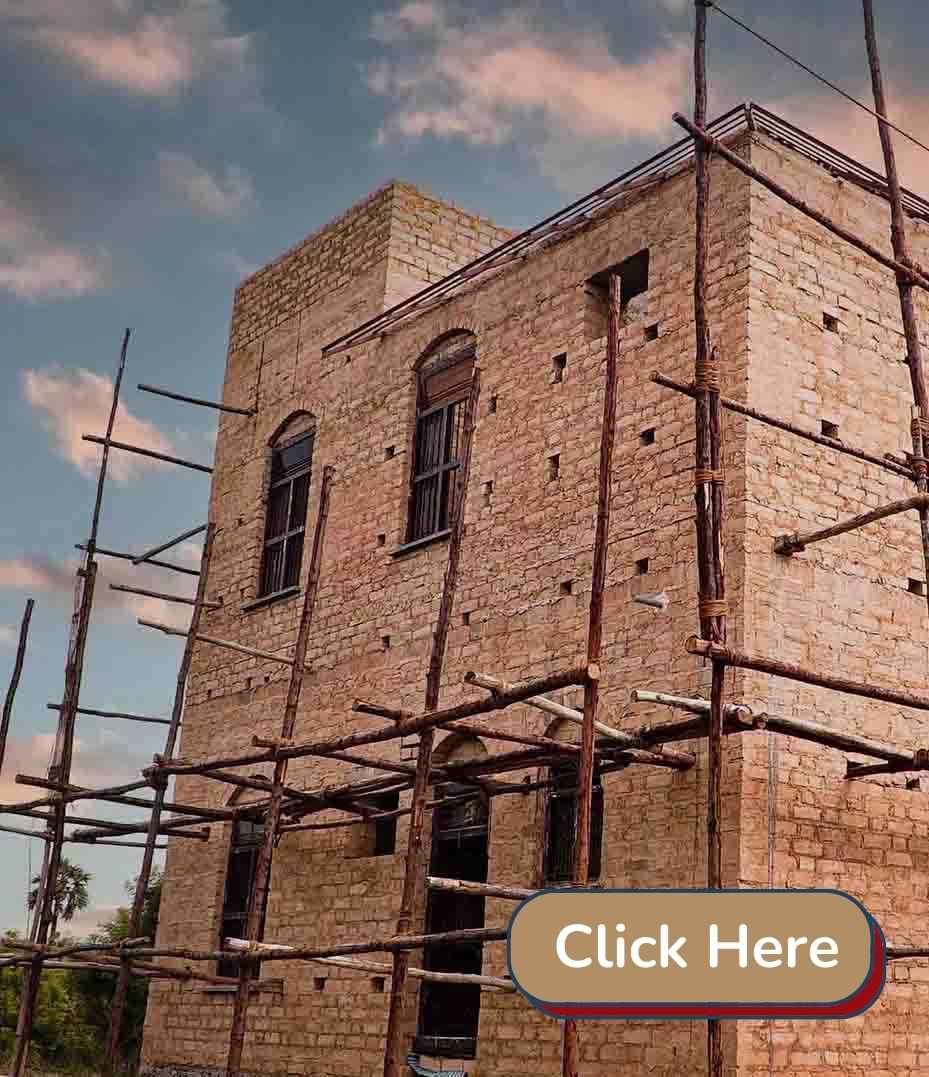
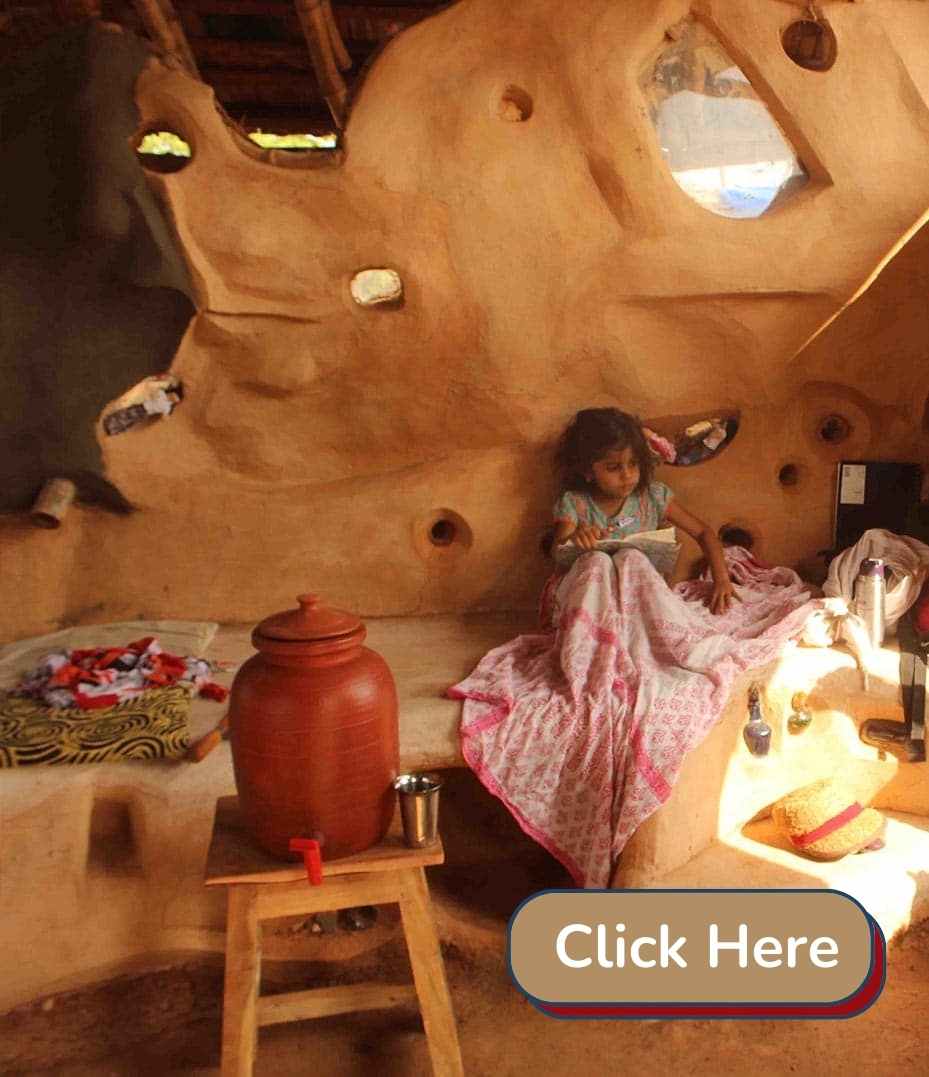


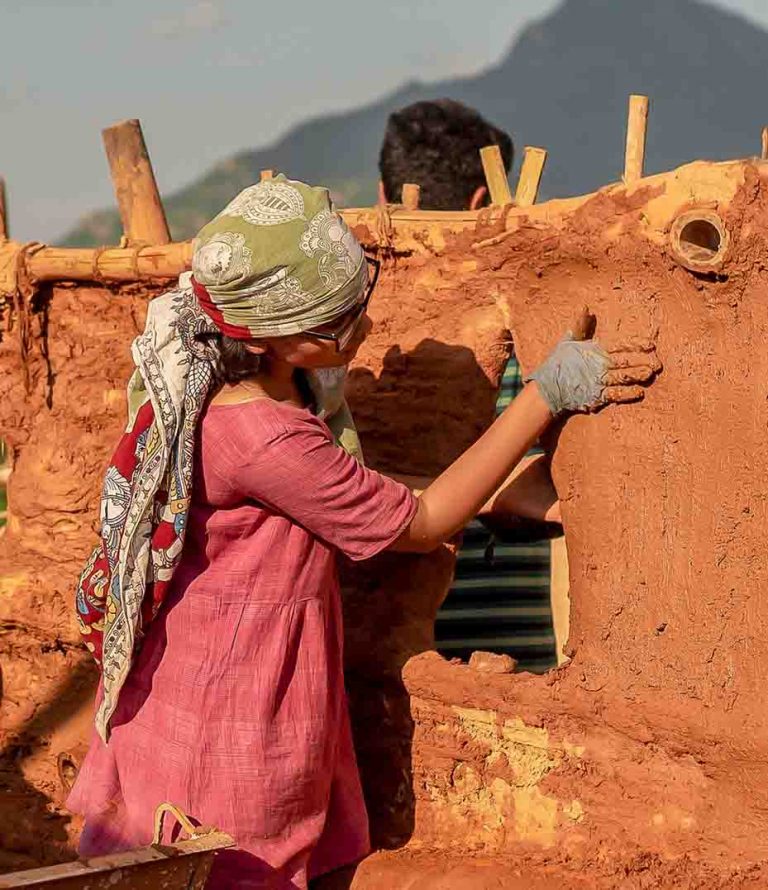
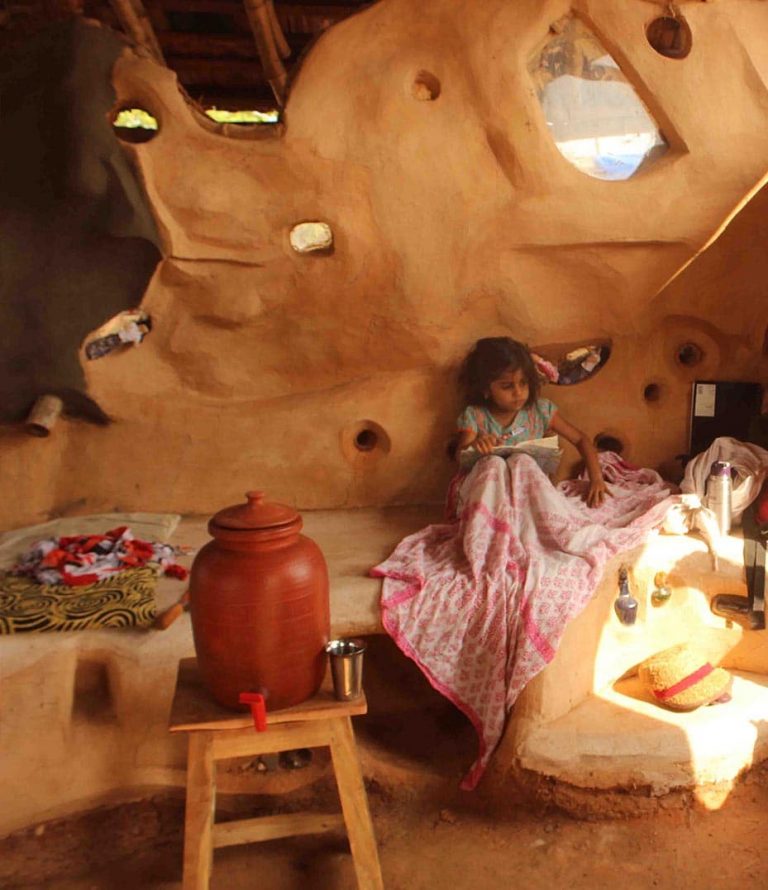
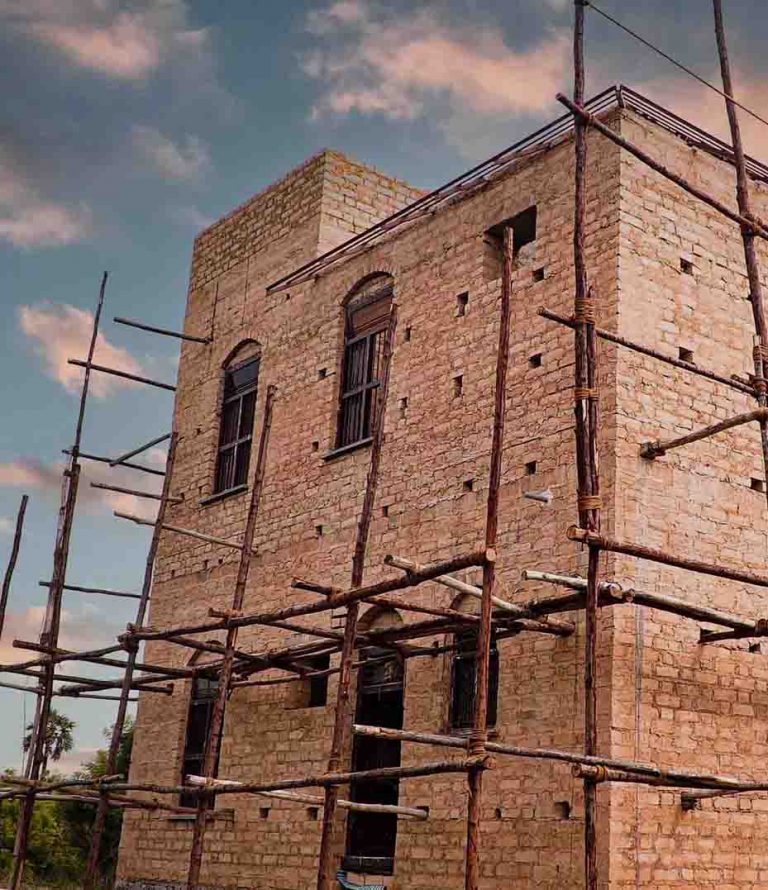


4 thoughts on “A glimpse into advanced ancient societies”
Namaste Devika,
Thank you for taking the time to read our article and for your appreciation. We completely agree that our ancestors had a practical and sensible approach towards construction and resource utilization, which, unfortunately, we have neglected in modern times. We hope that through our work and articles, we can raise awareness and encourage people to adopt sustainable practices for a better future.
How sensible and practical an approach by our ancients, and how sad we don’t follow these today. Exploiting limited resources mindlessly, by the majority of construction professionals…a distressing and damaging situation. Thank you for your article.
Namaste Viral,
Thank you for liking our article.
Dear Marg,
Excellent article and great explanation in depth. Totally agreed to your concern about present innovation is commonly acquitted to an irrational and relentless obsession for newness and novelty. Proud of you my dear.